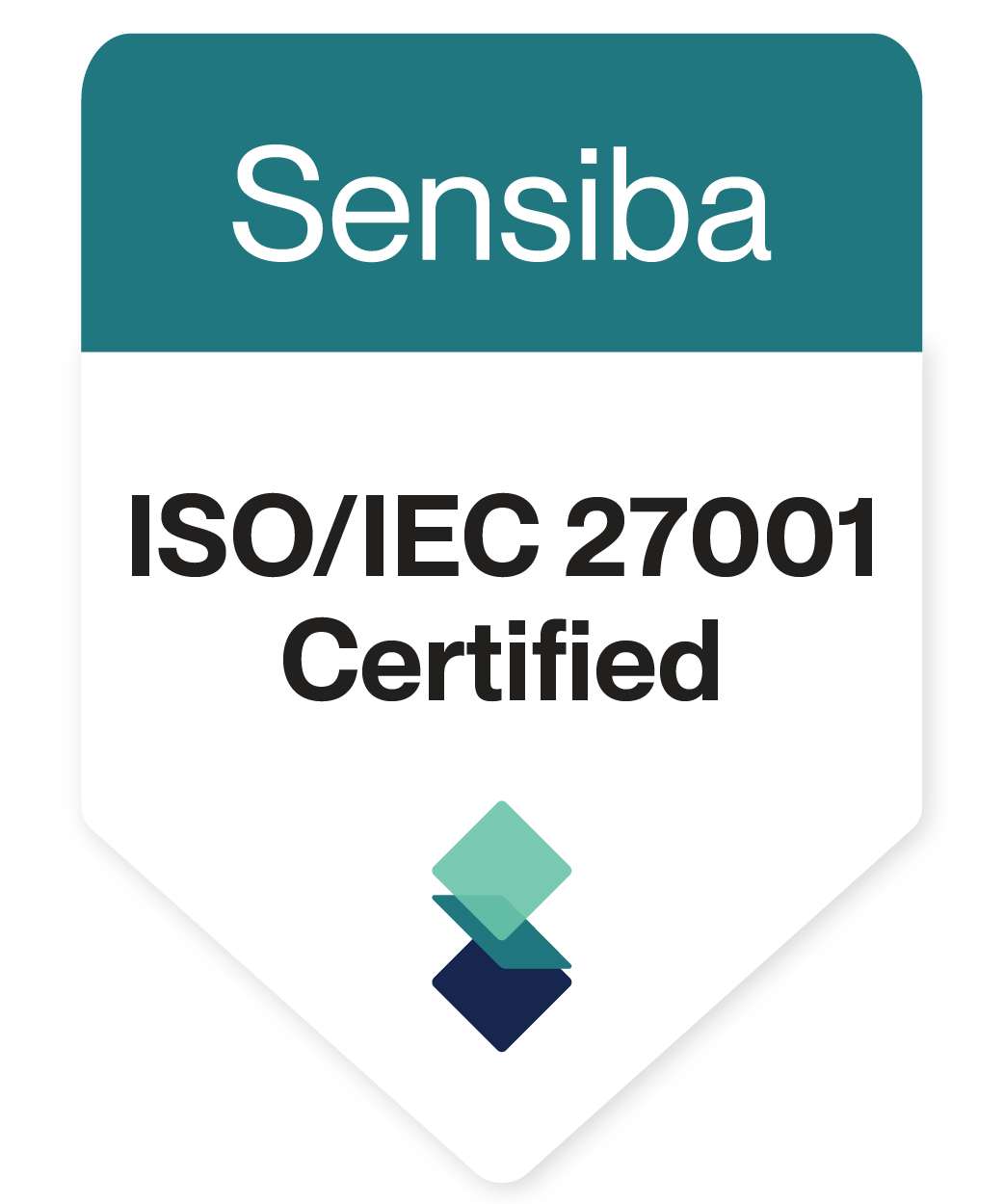Leadership development is no longer a luxury—it’s a necessity. But the way most organizations invest in it tells a different story.
Despite growing awareness that strong leadership drives retention, engagement, and culture, most leadership budgets still flow toward the top of the org chart.
Senior executives receive coaching, custom programs, and curated growth paths. Meanwhile, the managers who lead daily standups, navigate interpersonal conflict, and hold the culture in place? They’re often left with little more than generic training—if anything at all.
It’s not for lack of concern. Most HR and talent leaders want to support their managers. But they’re working within models and systems that were never designed to scale impact beyond the executive tier.
The result is a development gap—one that shows up in poor feedback practices, stalled growth conversations, and the slow erosion of engagement across teams.
The problem isn’t that organizations don’t care about developing managers. It’s that most leadership development strategies aren’t designed to scale in a way that’s both impactful and feasible. – Kirsten Moorefield
In a world where performance, belonging, and adaptability hinge on how well managers lead, it’s time to fix that.
Get the free guide to close your leadership development gap and build the trust, collaboration, and skills your leaders need to thrive.
What Leadership Programs Miss About Behavior Change
Most leadership development today is designed around efficiency, not effectiveness. It offers content—but rarely context. Organizations default to off-the-shelf programs, self-paced modules, or internal workshops that treat leadership as a skillset to be downloaded, rather than a set of behaviors to be developed.
The intent is good. The impact is limited.
Development is often framed as a resource for “high potentials” or executive leaders. Everyone else gets broad, impersonal programming—regardless of their role, their team, or their current challenges. That’s a missed opportunity. And for many, it’s also a turn-off.
People are grabbing off-the-shelf training… it’s like throwing spaghetti at the wall. Some will stick—but many won’t. – Erin Mires
Without personalization, even the most thoughtful content gets lost in translation. Leaders tune out. Teams feel it. And HR is left wondering why the metrics don’t move.
Leadership growth doesn’t happen in isolation. It happens in context, over time, in the messy middle of real team dynamics. And that’s exactly where most programs fail to reach.
Make Team Development More Impactful

Why So Many Leadership Development Strategies Fail Most Managers
For too long, leadership development has been designed around the needs—and availability—of the executive suite. But the people who have the greatest impact on culture, performance, and retention aren’t just sitting at the top. They’re in the middle. They’re leading teams, managing tension, and setting the tone every single day.
And yet, most development strategies miss them entirely.
- Top-heavy investment: Executive leaders receive coaching, diagnostics, and long-term development paths. But the managers driving team performance are often excluded or given surface-level resources.
- Generic content, limited impact: When everyone gets the same workshop or learning module, regardless of role, team, or growth edge, engagement drops—and the lessons don’t stick.
- Isolated learning: Programs are delivered outside of day-to-day work, making it nearly impossible for managers to apply what they’ve learned in real time.
- Overloaded HR teams: Even when the will to support managers exists, the structure doesn’t. L&D leaders are stretched thin. Scaling support often feels like choosing between personalization and feasibility.
Leadership development often skips the people who make day-to-day decisions. And when managers don’t use the tools, your internal mobility and career paths fall apart.
When the managers at the center of your organization aren’t growing, neither is your culture. And too often, those managers are left to figure leadership out alone—under pressure, without support, and without the systems to succeed.
3 Ways to Develop Managers Inside Their Team Context
If traditional programs are built around content, scale, and efficiency, what actually works is something else entirely: context, connection, and customization.
The future of leadership development isn’t about building more workshops. It’s about embedding real growth into the way people already lead, connect, and work. That shift starts with three essential rethinks:
👉 Start with introspection, not instruction
Before you train a manager on communication or feedback frameworks, you have to help them understand how they show up. Their blind spots. Their impact. Their habits under pressure. Development that skips this foundational self-awareness is likely to land flat.
If we first have an introspective journey with our leaders and have them look inward, that’s when leadership development becomes most effective.
👉 Design for teams, not just individuals
A leader doesn’t operate in isolation. Their effectiveness is tied to the dynamics, personalities, and energy of the people they lead. Development needs to reflect that reality—connecting individual growth to team outcomes.
Without context around the team, even great content is a Band-Aid. It has to be applicable in real time.
👉 Develop social capital—not just skills
The best leaders don’t just know what to do—they know who to bring in, when to collaborate, and how to create momentum. These abilities don’t live in a competency model. They live in a network. And most programs ignore them.
Human capital is necessary, but not sufficient. Up to 50% of our ability to contribute comes from our relationships. – Greg Pryor
To move the needle, leadership development must evolve from content delivery to behavior transformation. That means putting personalization, team dynamics, and relationships at the center.
How to Embed Leadership Development in the Flow of Work
Shifting your leadership development model from generic training to embedded, personalized growth doesn’t require reinventing your systems—it requires rethinking how development shows up in the daily experience of work.
Here’s how to bring this new approach to life:
👉 Use assessments to personalize learning paths
Not every leader needs the same training, and treating them like they do ensures that most of it will be missed. Instead, start with insight. Assessment platforms help uncover core behaviors, motivations, and blind spots that can shape more relevant, effective development.
👉 Provide context-based coaching tied to real team dynamics
Growth sticks when it’s directly connected to the relationships and responsibilities leaders navigate every day. Instead of asking leaders to generalize what they learn, build development into their actual team context.
I start by getting a leader’s team on Cloverleaf. Then we talk about real team dynamics—conflict, behavior patterns, communication styles.
This kind of coaching makes leadership development less theoretical and far more transferable.
👉 Train leaders to build networks, not just manage tasks
Leaders don’t just need answers—they need access. Access to perspectives, feedback, mentors, and decision-makers. Programs should equip them to build that network intentionally—strengthening connections, not just competence.
👉 Embed learning in tools they already use
One of the biggest blockers to adoption isn’t resistance—it’s friction. Don’t ask managers to log into another platform or find time for another course. Integrate learning nudges into the flow of work: inside their email, calendars, or communication tools.
When learning meets leaders where they are—instead of pulling them out of their context—it becomes a tool for action, not just aspiration.
Scaling Manager Support Without Burning Out HR or L&D
The challenge isn’t knowing that managers need support—it’s figuring out how to provide it without burning out the teams responsible for delivering it.
Traditional models assume scale requires compromise: more people means more content, more coordination, and more pressure on already-stretched HR and L&D teams. But scalable doesn’t have to mean generic. And automated doesn’t have to mean impersonal.
Here’s how to scale real development—without adding to your headcount:
👉 Automate logistics and content delivery
Manual coordination eats up valuable time. Automate the predictable: onboarding messages, learning assignments, reminder nudges, progress tracking. Every task you remove from your L&D team’s plate frees them to focus on strategy, adaptation, and coaching outcomes.
👉 Deploy asynchronous learning with synchronous reflection
Self-paced learning is efficient, but transformation happens in conversation. Blend asynchronous coaching or content with structured reflection moments. That’s where managers turn insight into action—and theory into behavior change.
👉 Let the tech personalize
Today’s workforce expects content to adapt to them, not the other way around. Personalized learning isn’t a perk anymore—it’s the baseline.
For Gen Z and Gen Alpha, personalization isn’t a nice-to-have—it’s the standard. Leadership development has to meet that bar.
When coaching feels as personal as their social media feed and as timely as a calendar alert, it becomes something leaders actually use.
I’d place all my chips on autonomous coaching—it’s the only way to scale meaningful development without increasing the HR burden.
The goal isn’t to remove the human element—it’s to amplify it. With the right tech, you can deliver personalized, high-frequency support that works alongside your team, not in place of it.
How Intelligent, Team-Based Coaching Can Scale Leadership Development
Leadership development can’t just be for a select few, and it can’t depend on high-touch delivery every time someone needs support. But what if every manager could get personalized guidance, in the moment, based on who they are, who they lead, and what’s happening with their team?
Using behavioral assessments like 16 Types, DISC, and Enneagram, automated coaching tools can deliver individualized prompts that help leaders make better decisions in real time. These prompts aren’t just reminders or motivational quotes—they’re rooted in how a manager processes information, how their teammate communicates, and how those dynamics are likely to play out in a feedback conversation, a team meeting, or a moment of tension.
This kind of support helps managers adjust, not in theory, but in practice. It helps them consider:
- How to recognize someone in a way that actually motivates them
- How to approach a difficult conversation with empathy and clarity
- How to communicate a change to their team in a way that builds trust, not resistance
- How to give feedback that’s honest, well-received, and aligned with the person’s style
- How to solve a conflict without immediately escalating to HR
Rather than removing managers from their work to train them, this approach brings development into their actual day-to-day decisions. It shows up directly in the tools they already use—like their calendar or email—so they’re not switching platforms or carving out extra time. They’re just better equipped to lead in the moments that matter.
And it’s not just about the individual leader. Managers also get a clear picture of their team as a whole—how people differ in communication, what drives them, and where friction may arise. With that visibility, they can respond to dynamics early, coach more effectively, and build stronger relationships without needing hours of manual analysis or facilitation.
Using ai in learning and development can scale personalized leadership training for managers:
- It lightens the load on HR and L&D teams, because it automates the delivery of insight
- It gives managers tools they’ll actually use—because they’re relevant, timely, and specific
- And it helps every team leader grow in their context, not in a vacuum
Cloverleaf helps leaders understand themselves and their team. The result is coaching that’s timely, embedded, and actually used.
If the goal is to reach more managers without compromising quality or relevance, this is how you do it: by embedding development into daily leadership, at the point of need, grounded in who people are and how they work together.
The Future of Leadership Development Happens in the Day-to-Day
Leadership development doesn’t have to be limited to the top of the org chart or built around expensive programs that are hard to maintain. What it needs is a new definition of effectiveness.
The most meaningful growth happens when leaders receive support in the context of their real challenges—giving feedback, navigating tension, guiding someone’s development, preparing for a high-stakes meeting. These aren’t special events. They’re everyday moments that shape how teams function and how people feel at work.
That’s why the future of leadership development isn’t just about training—it’s about reinforcing better leadership behaviors in the flow of work. It’s about helping every manager build self-awareness, understand the people they lead, and communicate in ways that improve relationships, not just results.
With the right tools, this kind of support becomes accessible at scale. Not theoretical. Not aspirational. But integrated into how leaders show up—every day, with every decision, and with every person on their team.
Supporting managers in this way isn’t idealistic. It’s practical. It’s necessary. And now, it’s possible.
🙋 FAQ
Q: What does “scalable leadership development” actually mean?
A: It means providing meaningful, personalized growth opportunities to all managers, not just a select few, without requiring more headcount or adding complexity. Scalability here isn’t about mass-producing content. It’s about using automation and workflow integration to deliver support that feels personal, relevant, and immediate.
Q: How is this different from traditional training platforms?
A: Most training platforms are built around content delivery—courses, modules, and LMS tracking. What this approach offers is behavioral reinforcement: short, timely coaching moments that show up inside a manager’s actual workday, helping them lead more effectively in real time.
Q: What if our managers are too busy or resistant to another tool?
A: That’s a real concern. Which is why integration matters. When coaching insights show up inside tools managers already use—like email or calendars—they don’t have to adopt something new. The learning meets them where they are, with no extra logins or friction.
Q: How do we measure whether this is working?
A: Look beyond completion rates. Start by aligning with your CFO or executive team on what really matters—whether that’s manager effectiveness, retention, engagement, or team cohesion. Then track behavioral improvements over time: Are leaders giving better feedback? Building stronger teams? Addressing issues earlier? That’s where the ROI shows up.








